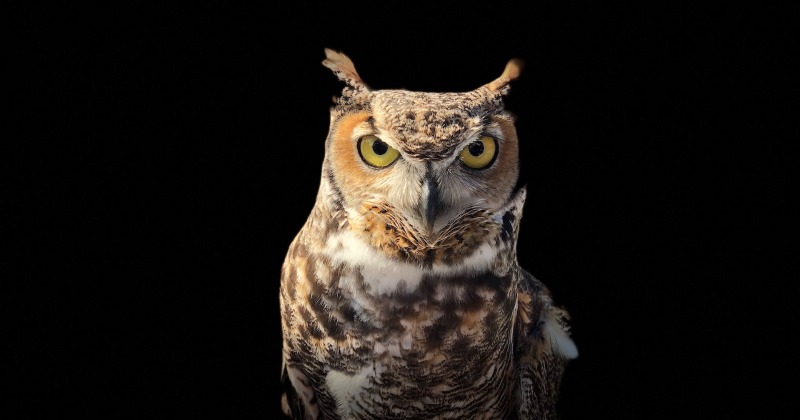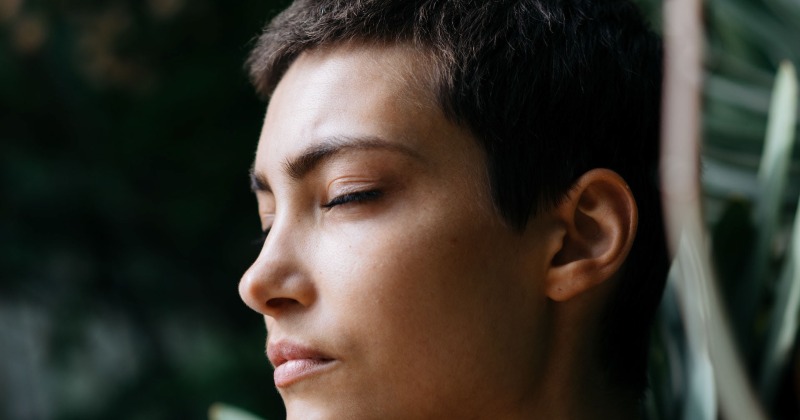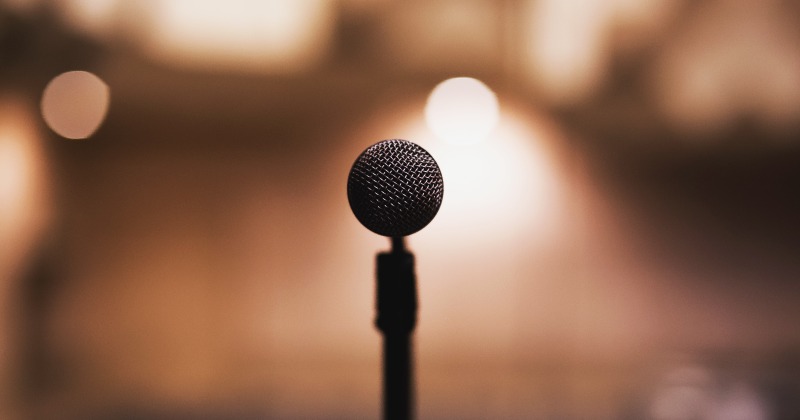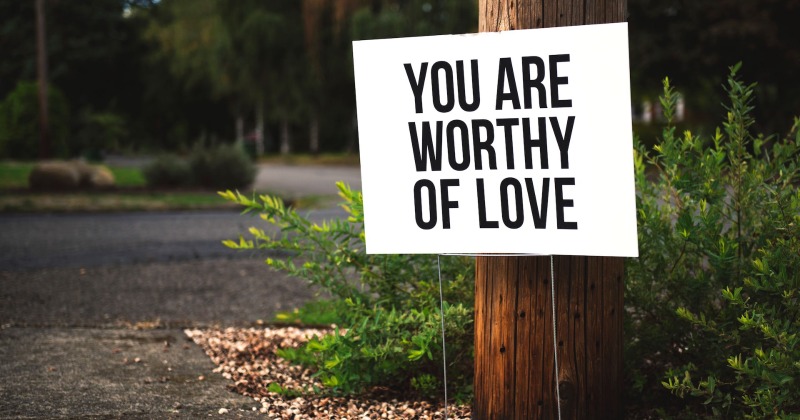From the Blog
Writings on Well-Being Dr. Rick Hanson
Meditation + Talk: Practicing with a Warm Heart
In this Wednesday Meditations, Dr. Rick Hanson offers a guided meditation and teaching on Practicing with a Warm Heart, and concludes with a Q&A and discussion.
Meditation + Talk: Three Wise Efforts
In this Meditation and Talk, Dr. Rick Hanson offers a meditation on Mindful Spaciousness, and he shares insights about Three Wise Efforts.
Neurodharma Giveaway!
Be one of the first to read my new book Neurodharma AND get free copies of Hardwiring Happiness and Resilient! Sign up to win by April 13!
Meditation + Talk: The Essence of Mindfulness
Dr. Rick Hanson leads a meditation and talk on the essence of mindfulness he will share with you his ideas of the fundamentals taught by the Buddha 2,500 years ago.
Meditation + Talk: What Can’t Be Lost and Can Always Be Found
In this Meditation and Talk, Dr. Rick Hanson offers an meditation on being the space in which experiences flow, and he shares insights about what inside us can’t be lost and can always be found.
Being Well Podcast: Coping with Quarantine
In this episode Forrest and I explore how individuals and families can deal with the interpersonal stress that comes from being stuck together, and the sadness and loss that comes from being separated from things we love.
Meditation + Talk: Dealing with Worries and Releasing Anxiety
In this meditation, talk, and discussion from the Wednesday Night Meditation series, we start with a 45-minute meditation in Releasing Anxiety, Finding Peace. Then, as this is a time of much concern, Rick offers a talk on Dealing with Worries.
Meditation + Talk: Love and Anger in the Time of Corona
Learn how to deal with anger during challenging times and rest at peace in a radiant heart. This is a talk and meditation from Dr. Rick Hanson’s Wednesday Meditation series.
Meditation + Talk: 3 Ways to Deal With Hard Times
In this meditation, talk and discussion we start with a 45-minute meditation in Grounding in Openhearted Peacefulness. Then, with many concerned about the current Coronavirus pandemic and uncertainty, stress, and anxiety surrounding it, I share three ways for dealing with hard times.
Being Resilient During Coronavirus
During times like this – with a pandemic such as the Coronavirus – it’s natural to feel afraid, anxious, or threatened. But being consumed by fear causes wear and tear on the body, which actually undermines your safety. Here you’ll find suggestions and resources for how to stay calm and be effective during this challenging time.
A Meditation for Feeling As Safe As You Reasonably Can
During times like this, it’s natural to feel afraid, stressed, threatened, or anxious – but being consumed by fear causes wear and tear on the body, which actually undermines your safety. That’s why it’s very important to be able to find a place inside that feels calm and strong. And one of the best ways to do this is to notice that you’re alright, right now – which we’ll explore in this 5-minute meditation.
Welcome Joy
What’s the spark and what’s the fuel? Welcome joy. Positive emotions – such as feelings of gratitude, love, and confidence – strengthen the immune system, protect the heart against loss and trauma, build relationships, increase resilience
Speak Wisely
Often it’s words and the accompanying tone that actually do the most damage. Your ability to speak wisely can prevent lasting emotional pain.
Twelve Good Things 2019
Each year I use an issue of the Just One Thing newsletter to offer Twelve Good Things that I think are really wonderful and worth your attention. May you and those you love and in fact the whole wide world be truly well, truly happy, and truly at peace UC Berkeley's...
Neurodharma 2019 – Quotes
Quotes to accompany the seven level practice of Neurodharma.
Perceptions of Reality
Just because we disagree about perceptions of reality does not mean that there is not an actual reality, nor does it mean that it is not knowable.
Understanding True Self-Compassion
There is a very useful distinction between two different meanings, or connotations, of the word “victim.”
Finding Agency in a Chaotic World
The art of engaged life is to tap into healthy outrage, fieriness, fierce compassion, moral disgust, etc. without getting sucked into the “poisons” (Buddhist reference) of ill will, hatred, contempt, us-against-them tribalism.
Stress: Understanding the Mind-Body Connection
Stress is a particular kind of body-mind reaction to challenges that is distinct from normal mobilization.
Twelve Good Things 2018
Each year I use an issue of the Just One Thing newsletter to offer Twelve Good Things. I think they’re really wonderful, and worth your attention.
Resilient Selected for Greater Good Favorite Books of 2018
We're excited to announce that Resilient has been selected by Greater Good as one of their favorite books of 2018. Rick Hanson, Ph.D. and Forrest Hanson have the honor of joining other great authors such as Brené Brown, Nadine Burke Harris, Soraya Chemaly, Dolly...















